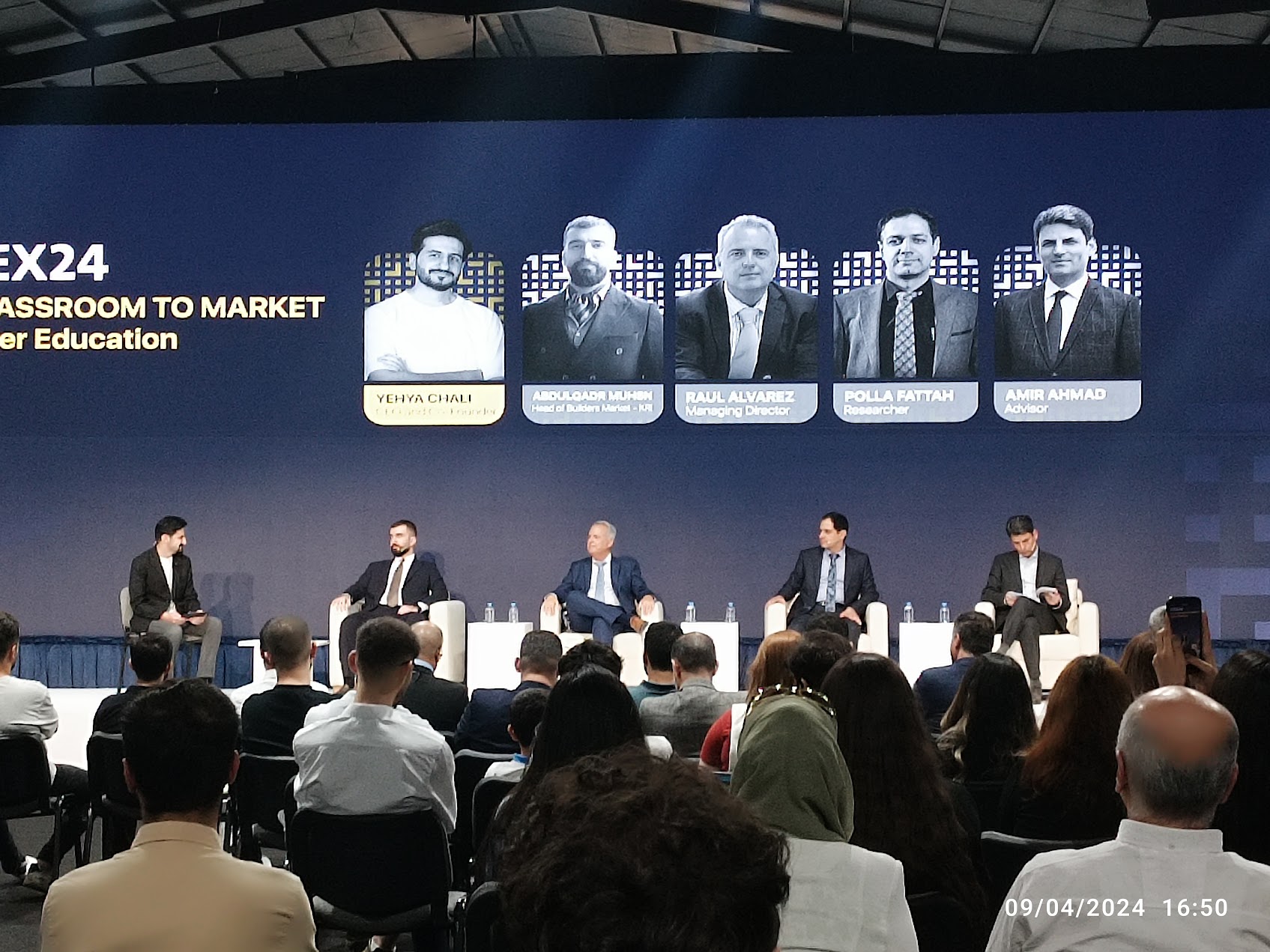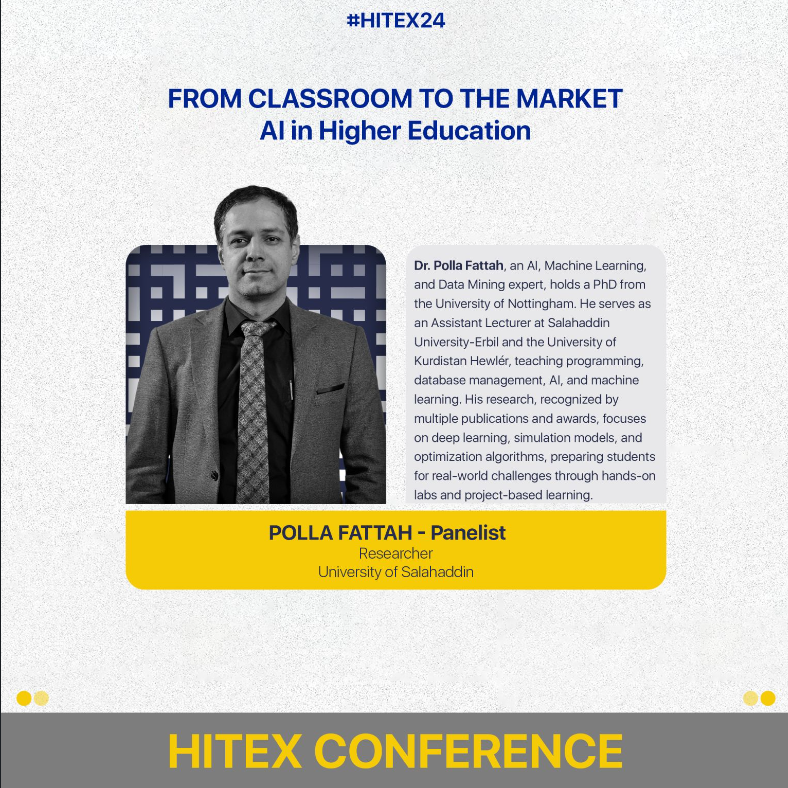The transition from classroom to career has always been a pivotal moment in every student’s journey. At the recent HITEX event, we gathered for an insightful panel discussion that addressed one of the most pressing questions facing today’s graduates: How can we make the transition from academic life to the job market smoother and more effective?

The Challenge: Academia Meets Reality
The gap between what students learn in classrooms and what employers expect in the workplace has been a longstanding concern. However, with the rapid advancement of artificial intelligence and automation, this challenge has taken on new dimensions. Today’s graduates are entering a job market that is being fundamentally reshaped by AI technologies.
AI: Challenge or Opportunity?
During our panel discussion, we explored the dual nature of AI’s impact on new graduates:
The challenges include skill obsolescence as some traditional skills become less relevant, increased competition as AI tools change baseline productivity expectations, and uncertainty created by rapid technological change that makes career paths unpredictable. However, significant opportunities emerge through enhanced capabilities where AI tools amplify human potential and creativity, new career paths in AI development, ethics, and implementation, and efficiency gains as automation of routine tasks allows focus on higher-value work.
Ministry’s Role in Bridging the Gap
A significant highlight of our discussion was the presence of Dr. Ameer, representing the Ministry. This provided a unique opportunity to address policy-level solutions and discuss what governmental institutions can do to facilitate smoother transitions for graduates.
Key areas for ministry action encompass curriculum modernization through integration of AI literacy into educational programs, emphasis on critical thinking and adaptability skills, and industry-academia collaboration in course design. Professional development programs should focus on internship and mentorship initiatives, continuous learning and reskilling opportunities, and comprehensive career guidance and counseling services. Industry partnerships play a crucial role in facilitating connections between educational institutions and employers, supporting research and development collaborations, and creating effective platforms for knowledge exchange.
Practical Solutions for Students
Based on our panel discussion, here are actionable recommendations for students preparing to enter the job market:
Students should embrace lifelong learning by staying updated with industry trends and technological developments, developing both technical and soft skills, and cultivating adaptability and resilience. Building practical experience involves seeking internships and project-based learning opportunities, participating in hackathons, competitions, and collaborative projects, and creating portfolios that demonstrate real-world problem-solving abilities. Developing AI literacy requires understanding how AI tools can enhance specific fields of work, learning to work alongside AI systems effectively, and staying informed about ethical considerations in AI implementation.

Looking Forward
The conversation at HITEX reinforced that the transition from student to professional is not just an individual journey—it requires collective effort from educational institutions, government bodies, and industry leaders. By working together, we can create pathways that not only help students navigate the current job market but also prepare them for the careers of tomorrow.
The presence of ministry representatives in such discussions is encouraging, as it demonstrates a commitment to addressing these challenges at a policy level. As we continue to witness rapid technological advancement, these conversations become increasingly crucial for ensuring that our educational systems remain relevant and our graduates remain competitive.
The future belongs to those who can adapt, learn, and grow alongside technological change. Our role as educators, policymakers, and industry leaders is to provide the support and frameworks that make this adaptation possible.